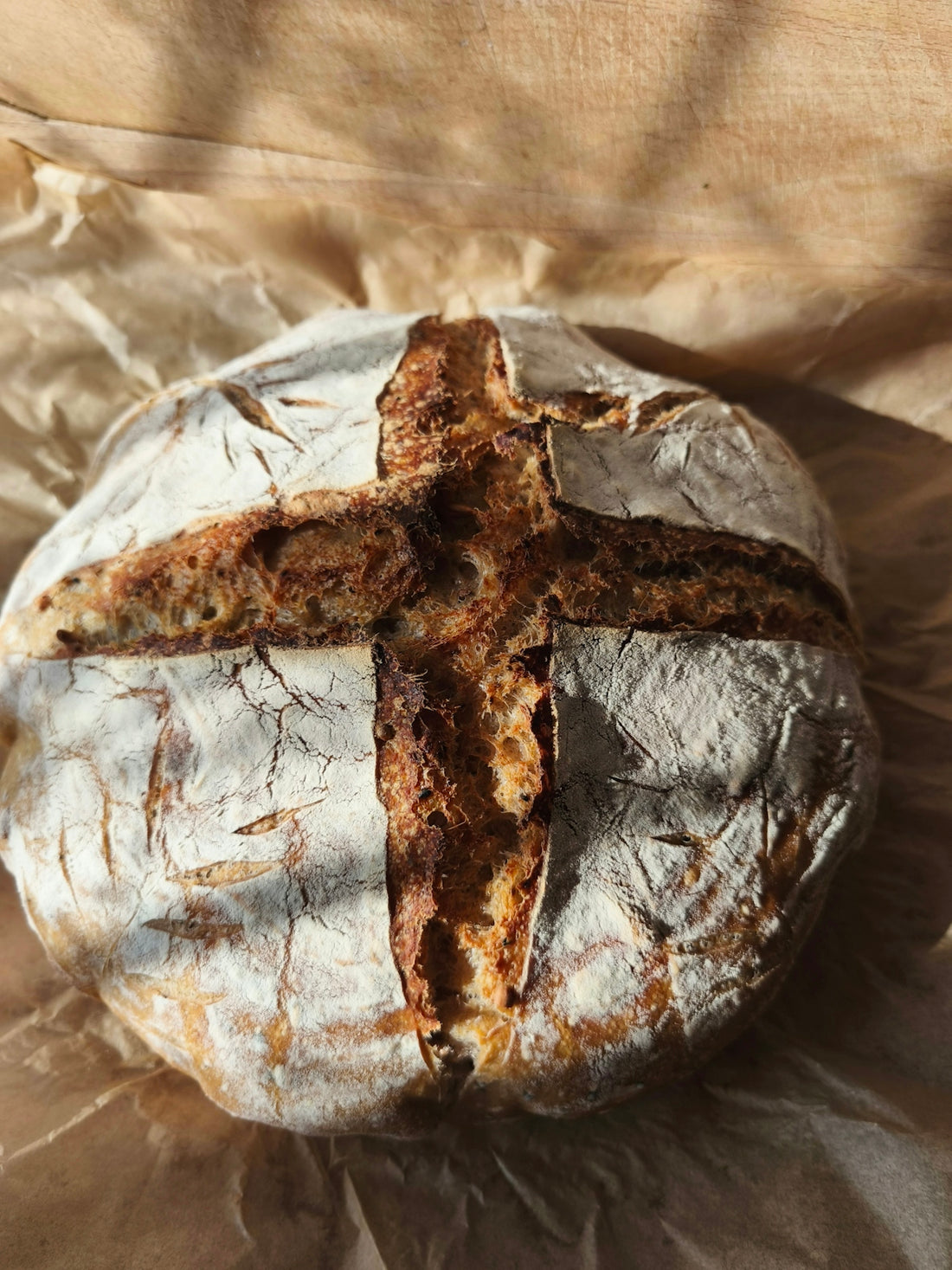
Mastering Homemade Sourdough Bread: A Beginner's Overview
Welcome to your ultimate guide on mastering homemade sourdough bread! Sourdough baking is an art form that captures the rich tradition of using wild yeast fermentation to create delectable, crusty loaves. In this blog post, we will unravel the secrets of sourdough starter, share essential sourdough baking tips, and walk you through an easy sourdough bread recipe that will elevate your culinary skills.
Visit Italian Sourdough for More Resources
Understanding Sourdough Starter
A sourdough starter is a mixture of flour and water that captures and cultivates wild yeast and lactic acid bacteria from the environment. This living culture is what gives sourdough bread its distinctive flavor and character. Unlike regular bread, which uses commercial yeast, sourdough relies on this natural fermentation process, making it a wholesome choice for those looking to explore the world of artisan bread baking.
How to Feed Sourdough Starter
Feeding your sourdough starter is crucial for maintaining its health and vitality. It's typically done with a feeding schedule that involves discarding a portion and refreshing it with equal parts of flour and water. Here's a basic feeding schedule:
- Morning: Discard all but 1/4 cup of the starter. Add 1/4 cup of flour and 1/4 cup of water. Mix well.
- Evening: Repeat the feeding process to ensure your starter stays active.
Consistency in feeding is key to successful sourdough fermentation. Learn more about how to feed and maintain your sourdough starter with the Sourdough Starter Kit.
Crafting Your First Homemade Sourdough
Embarking on your sourdough journey begins with a simple yet rewarding recipe. Let's dive into creating your first loaf!
Ingredients
- 500g bread flour
- 300g water
- 100g active sourdough starter
- 10g salt
Instructions
- Mixing: Combine water and sourdough starter in a large bowl. Add flour and salt, then mix until a shaggy dough forms.
- Autolyse: Let the dough rest for 30 minutes. This process enhances gluten development, essential for a good crumb structure.
- Folding: Perform a series of stretches and folds every 30 minutes for 2 hours. This builds strength in the dough.
- Bulk Fermentation: Allow the dough to ferment at room temperature until it doubles in size, approximately 6-8 hours.
- Shaping: Gently turn the dough onto a floured surface and shape it into a round.
- Preheating the Oven: Preheat your oven to 475°F (245°C) with a Dutch oven inside, such as the 5.5 Quart Red Le Creuset Dutch Oven, perfect for trapping steam and creating a crispy crust.
- Final Proof: Transfer the shaped dough into a proofing basket and allow it to rise for an additional hour.
- Scoring: Use a bread lame to score the dough, allowing it to expand during baking. Check out our Bread Lame Dough Score Cutting Tools for clean, precise cuts.
- Baking: Carefully place the dough into the preheated Dutch oven and bake covered for 20 minutes. Remove the lid and bake for another 25 minutes until golden brown.
- Cooling: Let the sourdough cool completely before slicing, ensuring the interior sets properly.
Troubleshooting Common Sourdough Issues
Dense Loaf
A dense loaf can result from under-proofing, incorrect flour-to-water ratios, or low starter activity. Ensure that your starter is fully active and adjust hydration as needed.
Flat Loafs
Failure in shaping or over-proofing can lead to flat loaves. Proper shaping techniques and maintaining adequate tension in the dough are essential.
How to Get a Crispy Sourdough Crust
Baking your sourdough in a Dutch oven and ensuring sufficient steam during the initial baking phase are keys to achieving a crispy crust. The Martha Stewart 7Qt Enameled Cast Iron Dutch Oven offers excellent heat retention and steam distribution.
Sourdough Starter: More Than Just Bread
Utilize your sourdough starter beyond just bread. Create delicious sourdough discard recipes like sourdough pizza dough and sourdough bagels. Our Nonna Bella's Bamboo Pizza Board is perfect for crafting artisan sourdough pizzas.
The Health Benefits of Sourdough
The benefits of sourdough fermentation extend beyond flavor. Many find it a more digestible option compared to regular bread, potentially beneficial for diabetics due to its lower glycemic index. The long fermentation process also aids in breaking down gluten and enhancing the bioavailability of nutrients.
Conclusion
Embark on "My Sourdough Life" and experience the satisfaction of crafting homemade sourdough bread. With the right sourdough baking tips, tools, and recipes, you can create something truly artisanal in your kitchen. Whether you're shaping loaves or scoring them with precision, remember that practice and patience are your greatest allies.
Begin your journey today with Italian Sourdough, and transform your baking skills into an enjoyable art form.
Happy baking!
